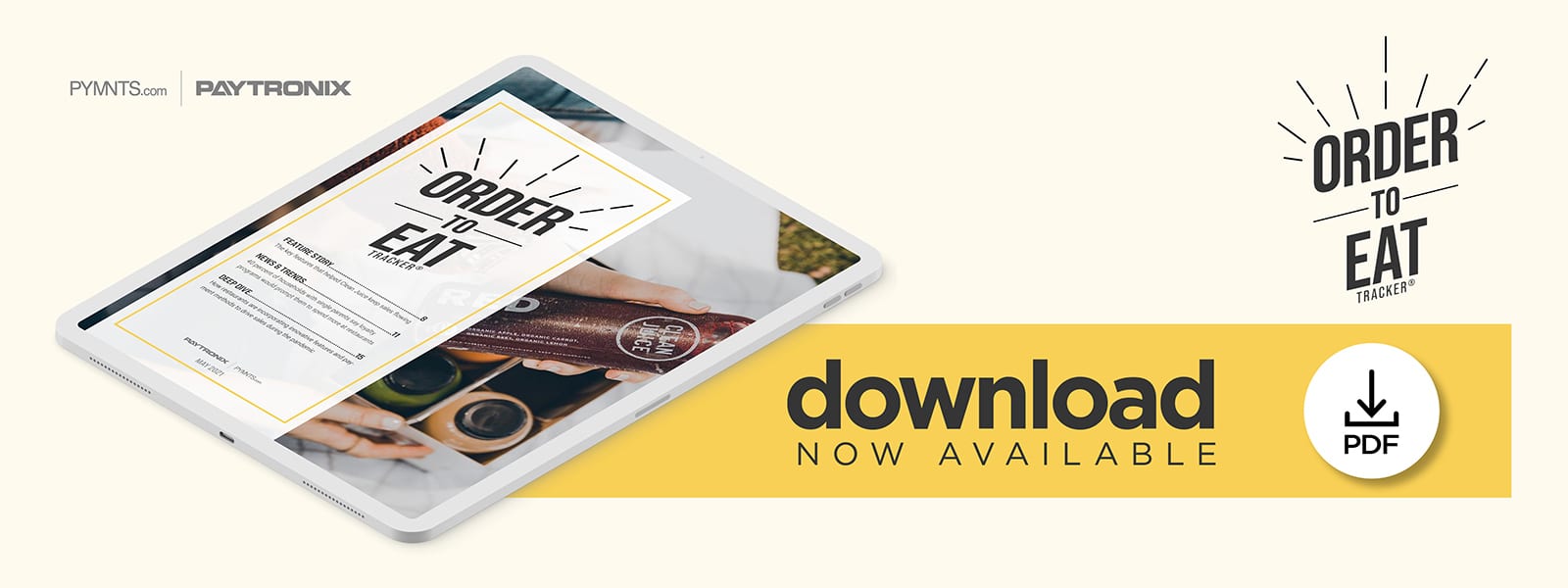Clean Juice CEO: Yesterday’s Mobile Apps Won’t Cut It For 2021’s QSR Customers
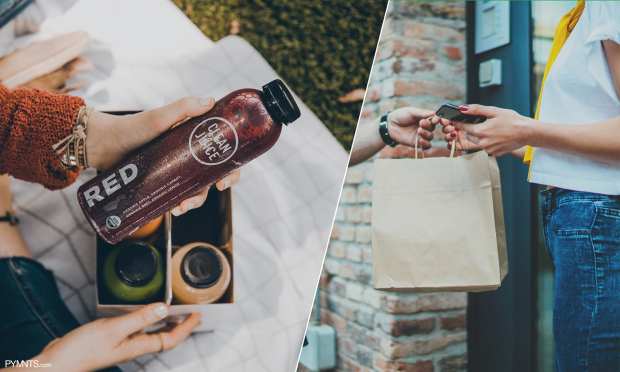
The pandemic has wreaked havoc on restaurants’ bottom lines over the past year, and some are still reeling despite vaccine rollouts across the United States. One survey found that sales at the top 500 chain restaurants dipped by 8 percent overall in 2020, for example. While small and independent quick-service restaurants (QSRs) suffered the most, giant chains with features such as drive-thrus saw some growth.
Restaurants stepped up their off-premises ordering and payment offerings to meet customer demands — and it appears these changes are here to stay. Another survey noted 74 percent of customers said convenience was one of the main appeals of delivery. In addition, loyalty and rewards programs have become particularly enticing as diners seek to stretch their dollar.
The May edition of the Order To Eat Tracker® examines the key features restaurants are using to drive customer spending including rewards programs, contactless delivery and innovative digital payment options.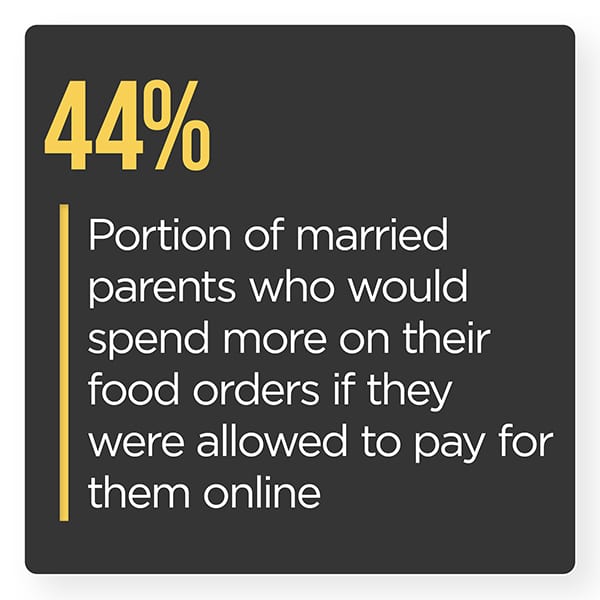
Around The Order To Eat Landscape
The nation’s top restaurants saw sales slip by more than 8 percent last year, with one report finding sales fell by $27 billion in 2020. The report noted that as independent restaurants and smaller chains struggled to stay afloat during the pandemic, market share for the industry’s largest chains grew. It also found McDonald’s, Chick-fil-A and Domino’s —with their drive-thrus and delivery options — dominated the year with significant sales growth, while restaurant closures were minimal among the top chains at just 2 percent.
Atlanta’s iPad-based point of sale (POS) system Revel Systems recently integrated Paytronix Systems’ guest experience and loyalty platform. Under the collaboration, Revel customers can access key offerings including Paytronix Loyalty, designed to ease guest onboarding with data automatically culled from the POS ordering process and enables diners to redeem rewards. The addition of points and redemptions happen instantly 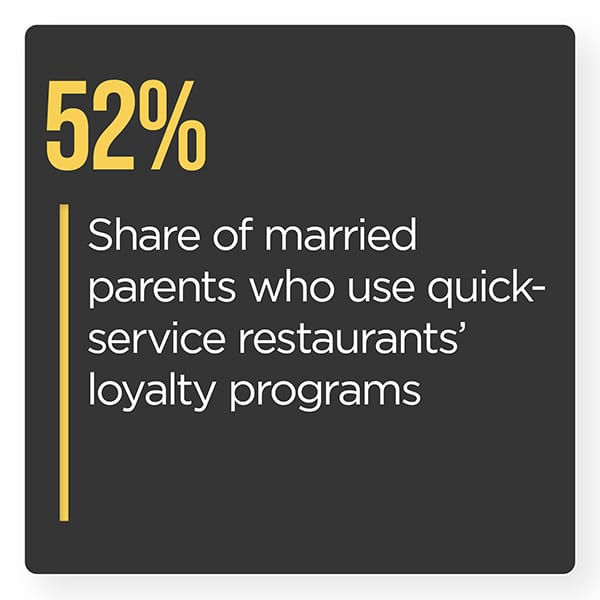 and the rewards are shown on the POS.
and the rewards are shown on the POS.
Takeout and delivery orders are on the rise, according to the National Restaurant Association. In early spring, baby boomers and Generation X upped their weekly off-premises dinner purchases by 7 percent and 8 percent, respectively, but it is at the expense of dining-in. Prior to the pandemic, 59 percent of consumers ate out for dinner weekly. Leading up to the pandemic, 72 percent of Generation Z and 65 percent of millennials were most likely to go out for dinner. Dine-in service slipped by more than 40 percentage points weekly during the lockdown period, however.
For more on these and other stories, check out the Trackers News & Trends section.
Clean Juice On The Key Digital Features That Have Helped Fuel Sales
Many quick-service restaurants (QSRs) have invested in contactless technologies to provide convenient and seamless ordering and payments to help make customers feel safe. Organic juice bar Clean Juice is one such QSR that overhauled its mobile experience and examined its loyalty program to help meet digital demand. In this month’s Feature Story, CEO Landon Eckles reveals how the company describes the steps the company took in the last year to enhance key features and drive sales.
To get the full story, download the Tracker.
Deep Dive: How Restaurants Can Drive Sales During And After The Pandemic
Diners have moved their ordering and payments online as QSRs clambered to launch deliver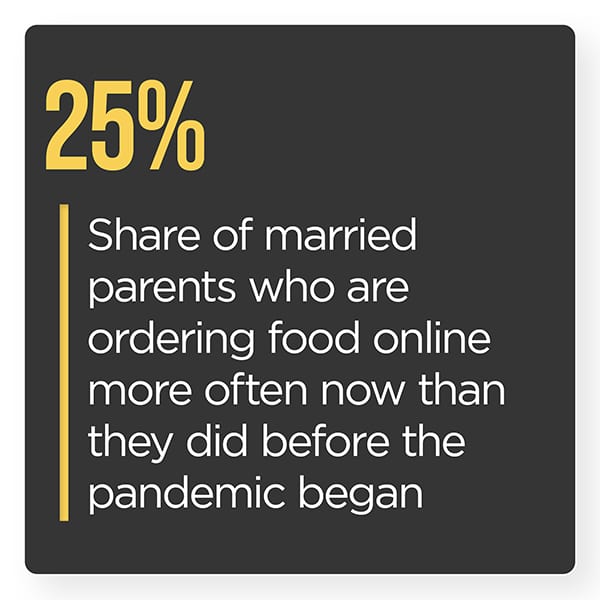 y and contactless ordering options to meet consumers’ new digital tastes. Online and mobile food ordering soared by 783 percent between the beginning of the pandemic and July 2020, according to a survey, but those are not the only features that can help keep customers ordering more. This month’s Deep Dive examines how restaurants are using digital ordering, payment solutions and reward programs to boost customer spending.
y and contactless ordering options to meet consumers’ new digital tastes. Online and mobile food ordering soared by 783 percent between the beginning of the pandemic and July 2020, according to a survey, but those are not the only features that can help keep customers ordering more. This month’s Deep Dive examines how restaurants are using digital ordering, payment solutions and reward programs to boost customer spending.
Read the full Deep Dive in the Tracker.
About The Tracker
The Order To Eat Tracker®, a PYMNTS and Paytronix collaboration, is a monthly report that examines the restaurant sector.
